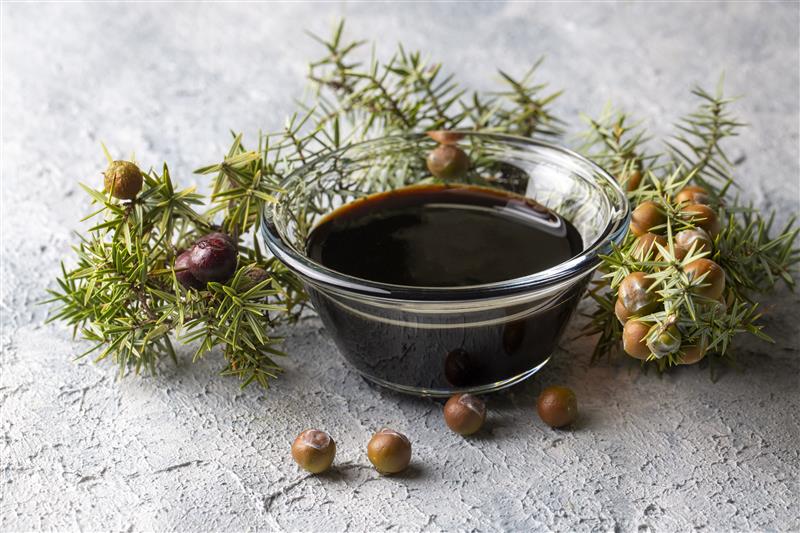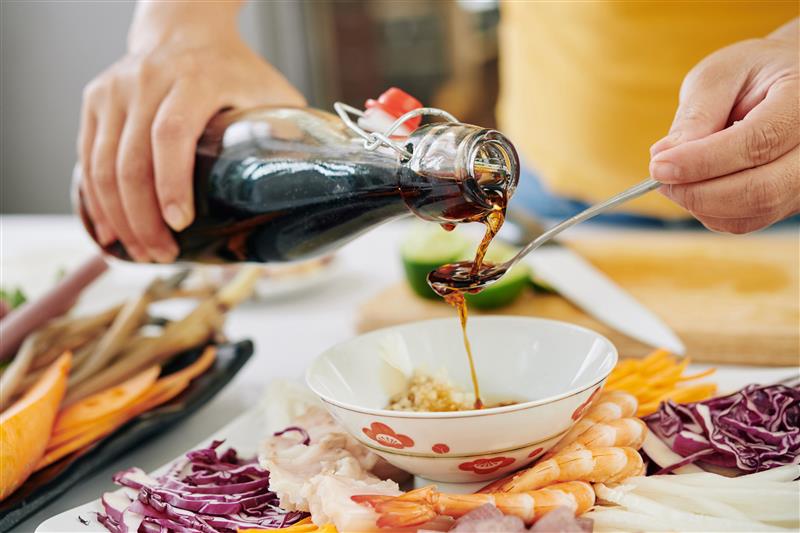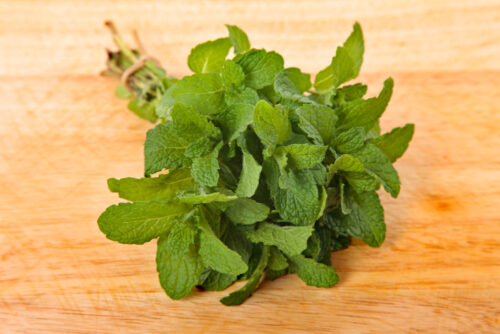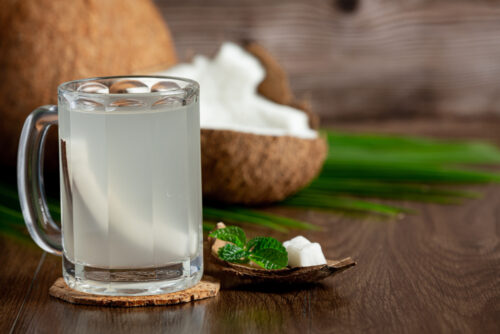Oyster sauce is one of the most beloved ingredients in Asian cooking. Its thick, glossy texture and rich, umami-laden flavor can turn a simple stir-fry into something extraordinary.
But whether you’re vegan, allergic to shellfish, following a gluten-free diet, or simply running out of this essential condiment, finding the proper oyster sauce substitute is often necessary.
The challenge lies in finding an oyster sauce replacement, not just the ingredient, but the deep, layered profile that oyster sauce brings to the table.
In this comprehensive guide, we’ll explore the best alternatives to oyster sauce, explain how they compare, and help you decide which to use depending on your dish, dietary needs, or flavor goals.
We’ll also explore the cultural roots and culinary significance of oyster sauce, setting the stage for more informed and effective substitution choices.
Why Oyster Sauce Is So Unique, and Why It’s Hard to Replace
 To understand how to substitute oyster sauce effectively, you first need to understand what makes it special.
To understand how to substitute oyster sauce effectively, you first need to understand what makes it special.
What is oyster sauce made of? Initially invented in China by accident in the late 19th century, oyster sauce is made by slowly simmering oysters in water until their juices caramelize into a thick, dark brown syrup.
This syrup is then mixed with sugar, salt, and often thickening agents, such as cornstarch, to achieve its signature consistency.
What results is a condiment that’s sweet, salty, savory, and full of umami, often described as the “fifth taste” because it delivers that hard-to-define yet unmistakable depth of flavor.
It doesn’t taste overwhelmingly of oysters but instead adds a rich, slightly briny background note that enhances everything it touches, from noodles to broccoli beef to tofu stir-fries.
Its unique balance of sweetness and salinity, combined with a syrupy body, makes it more than just a sauce.
It becomes an integrated part of the dish, coating ingredients evenly and contributing both flavor and texture. That’s why choosing a substitute isn’t as simple as swapping one sauce for another.
You need to understand what elements you’re replicating: is it the salt? The sweetness? The umami? Or all of the above?
1. Soy Sauce: The Foundation of Umami Substitution
If there’s one ingredient that most people turn to first in place of oyster sauce, it’s soy sauce. This centuries-old condiment is one of the most widely used ingredients in Asian cuisine and a pantry staple in homes around the world.
Its core flavor, salty and rich in umami, makes it a natural choice. But while soy sauce delivers depth, it lacks the sweetness and viscosity of oyster sauce.
To make soy sauce a better match, you need to adjust for its limitations. It is considerably thinner, so it doesn’t coat ingredients as well in stir-fries or marinades.
To compensate, some home cooks whisk a teaspoon of cornstarch into the soy sauce to thicken it slightly.
It’s also more overtly salty, so using it in smaller amounts is key, especially if the dish already contains other sodium-heavy components.
What makes soy sauce particularly useful is its versatility. It works across a wide variety of dishes, noodles, rice, vegetables, and meats alike.
It’s also vegan and, if you choose tamari, gluten-free. In terms of flavor matching, soy sauce brings the umami and salt; to get closer to oyster sauce, a pinch of sugar or a few drops of molasses can bridge the sweetness gap. It won’t be identical, but it will preserve the soul of the dish.
2. Hoisin Sauce: A Bold, Sweet, and Spicy Counterpart
Hoisin sauce is another strong candidate for replacing oyster sauce, particularly in dishes where you want a sweeter, spicier punch.
Commonly used in Chinese barbecue and as a dipping sauce, hoisin is made from fermented soybeans, sugar, vinegar, garlic, and often spices like star anise or chili.
It’s thicker than soy sauce and closer in texture to oyster sauce, which makes it visually and texturally similar when stirred into a hot wok.
That said, hoisin sauce is not a perfect one-to-one substitute. It has a much more prominent flavor profile, sweeter, more aromatic, and sometimes spicy, depending on the brand.
In dishes where oyster sauce serves as a mellow, supporting actor, hoisin can steal the spotlight. That’s not always a bad thing. In fact, hoisin can breathe new life into a dish if used deliberately.
For stir-fries, glazes, and dipping sauces, it brings an assertive character that’s perfect for dishes where a little boldness is welcome.
For best results, try mixing hoisin with a touch of soy sauce to temper the sweetness and introduce more salt.
This combination can more effectively mimic the complexity of oyster sauce than either sauce alone.
3. Fish Sauce: A Deep Dive Into Fermentation
Fish sauce is another umami-heavy ingredient that comes from Southeast Asia, particularly Vietnam and Thailand.
Made by fermenting anchovies with salt over months or even years, fish sauce is intensely salty and pungent, often polarizing in flavor.
Unlike oyster sauce, it has a thin, watery consistency and lacks any sweetness. However, it delivers an extraordinary depth of umami that can add complexity to any dish.
When using fish sauce as a substitute, restraint is key. A little goes a long way. Because it’s so salty, it can overwhelm a dish if used in the exact quantities as oyster sauce.
To balance it out, most cooks add sugar and sometimes a bit of cornstarch or a splash of soy sauce.
This blend can create a substitute that captures the essential qualities of oyster sauce while leaning more heavily on the savory end.
Fish sauce works best in dishes that already feature intense flavors, seafood-based stir-fries, spicy noodle dishes, or complex broths.
It’s not ideal for delicate recipes or those that rely on the caramelized sweetness of oyster sauce, but it shines when you need a bold, umami hit.
4. Teriyaki Sauce: Sweet, Tangy, and Versatile
Teriyaki sauce, originally from Japan, is a fusion of soy sauce, sugar, and mirin or sake, which gives it an outstanding balance of sweetness and acidity.
Its texture is thick and syrupy, making it visually similar to oyster sauce. Flavor-wise, it’s sweeter and tangier, with less emphasis on briny or fermented notes.
For those who enjoy sweet-savory profiles, teriyaki can be an excellent substitute for oyster sauce, especially in vegetable dishes, glazes, and rice bowls.
Because it doesn’t have the same umami punch, it may benefit from the addition of a small amount of soy sauce or tamari to deepen the flavor.
If you’re making your own teriyaki sauce from scratch, you can tailor it more closely to the flavor profile of oyster sauce by adjusting the sugar content or adding a dash of mushroom broth or miso for umami.
This allows you to control not only the sweetness but also the nutritional content, which is a bonus for health-conscious cooks.
5. Mushroom-Based Sauces: The Vegan Powerhouse
Mushrooms are nature’s umami bombs, and mushroom-based sauces are perhaps the best oyster sauce alternatives for plant-based eaters.
Whether in the form of mushroom broth, mushroom oyster sauce, or a rich mushroom reduction, these sauces can imitate both the savoriness and earthiness of traditional oyster sauce.
Shiitake mushrooms, in particular, are prized for their intense flavor. A homemade mushroom sauce, made by simmering dried shiitakes with garlic, soy sauce, and sugar, can create a richly flavored, subtly sweet liquid that closely mimics the depth of oyster sauce.
Thickening it with cornstarch or reducing it into a glaze-like consistency makes it even more convincing.
What sets mushroom sauces apart is their flexibility. They can be effectively used in stir-fries, noodle dishes, sauces, and even as glazes for grilled vegetables or tofu.
Commercial versions of mushroom “oyster” sauce are nowadays widely available and often labeled vegan or vegetarian.
These can be a direct swap for oyster sauce in most recipes, offering convenience without compromising flavor.
6. Worcestershire Sauce: A Hidden Gem in Western Pantries
Worcestershire sauce may seem like an unlikely candidate, but when used carefully, it can substitute for oyster sauce in specific contexts.
Made from fermented anchovies, molasses, vinegar, and spices, Worcestershire shares oyster sauce’s complex blend of sweet, salty, and umami flavors, though it comes with a distinctly Western tang.
Due to its intensity, Worcestershire sauce should be diluted or combined with other ingredients, such as soy sauce or sugar, to achieve a more balanced flavor.
It works particularly well in meat marinades, where its depth can complement beef or pork. However, it’s less suitable for dishes where oyster sauce plays a more central, textural role.
For those who are vegetarian or allergic to anchovies, note that traditional Worcestershire is not vegan. However, plant-based versions are available that closely mimic the flavor.
Substitute for Oyster Sauce: The Art of Choosing the Right Substitute
Choosing the right oyster sauce substitute isn’t about picking the most similar flavor on paper; it’s about understanding the role oyster sauce plays in your dish.
Are you aiming to replace its umami richness, its thick texture, or its gentle sweetness? Each alternative brings something different to the table.
For a closer match in both texture and taste, sweet soy sauce and mushroom oyster sauce are your best bets.
For bold flavor and sweetness, hoisin shines. When it’s all about the umami, soy sauce, and fish sauce do the heavy lifting.
For the adventurous cook, Worcestershire sauce, black bean paste, and even anchovies can open new doors to flavor.
Conclusion: Reinventing Flavor Without Compromise
Oyster sauce may be a culinary classic, but it doesn’t have to be a dealbreaker when missing from your pantry or restricted from your diet.
With the right substitute and the knowledge of how to use it, you can still achieve rich, satisfying, umami-driven dishes that are just as flavorful as the originals.
Whether you’re a vegan chef, a home cook avoiding allergens, or someone who simply loves experimenting in the kitchen, understanding your options empowers you to cook more freely.
By mastering the art of substitution, you don’t just replace oyster sauce; you reimagine what your dish can be.
The FoodNom is your ultimate guide for quick substitutes and water insights, so whenever you need a quick substitute, instead of panicking, head over to The FoodNom.











